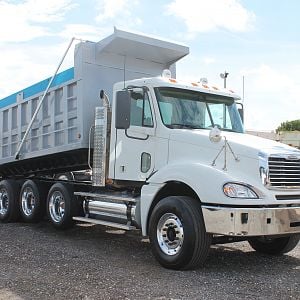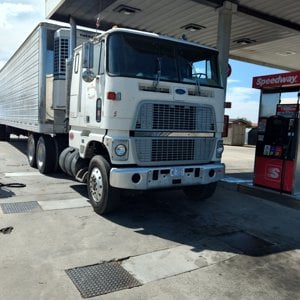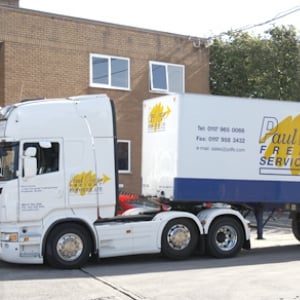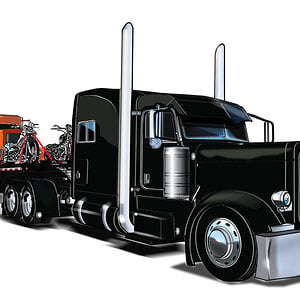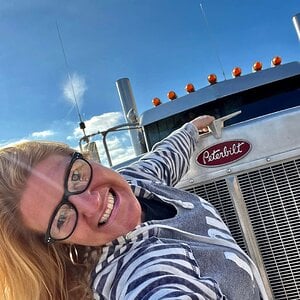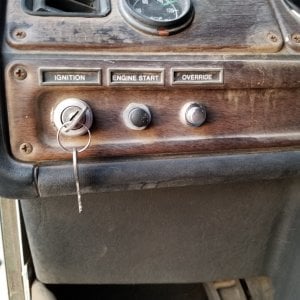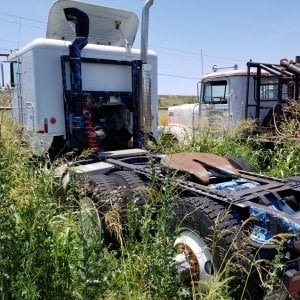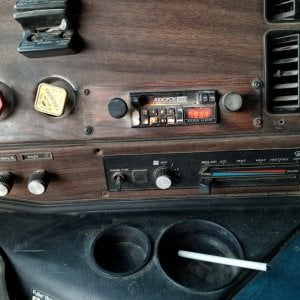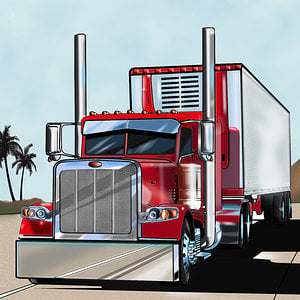Starting (sometimes called SLI, for starting, lighting, ignition) batteries are commonly used to start and run engines. Engine starters need a very large starting current for a very short time. Starting batteries have a large number of thin plates for maximum surface area. The plates are composed of a Lead "sponge", similar in appearance to a very fine foam sponge. This gives a very large surface area, but if deep cycled, this sponge will quickly be consumed and fall to the bottom of the cells. Automotive batteries will generally fail after 30-150 deep cycles if deep cycled, while they may last for thousands of cycles in normal starting use (2-5% discharge).
Deep cycle batteries are designed to be discharged down as much as 80% time after time, and have much thicker plates. The major difference between a true deep cycle battery and others is that the plates are SOLID Lead plates - not sponge. This gives less surface area, thus less "instant" power like starting batteries need. Although these an be cycled down to 20% charge, the best lifespan vs cost method is to keep the average cycle at about 50% discharge.
Unfortunately, it is often impossible to tell what you are really buying in some of the discount stores or places that specialize in automotive batteries. The golf car battery is quite popular for small systems and RV's. The problem is that "golf car" refers to a size of battery case (commonly called GC-2, or T-105), not the type or construction - so the quality and construction of a golf car battery can vary considerably - ranging from the cheap off brand with thin plates up the true deep cycle brands, such as Crown, Deka, Trojan, etc. In general, you get what you pay for.
Marine batteries are usually a "hybrid", and fall between the starting and deep-cycle batteries, though a few (Rolls-Surrette and Concorde, for example) are true deep cycle. In the hybrid, the plates may be composed of Lead sponge, but it is coarser and heavier than that used in starting batteries. It is often hard to tell what you are getting in a "marine" battery, but most are a hybrid. Starting batteries are usually rated at "CCA", or cold cranking amps, or "MCA", Marine cranking amps - the same as "CA". Any battery with the capacity shown in CA or MCA may or may not be a true deep-cycle battery. It is sometimes hard to tell, as the term deep cycle is often overused - we have even seen the term "deep cycle" used in automotive starting battery advertising. CA and MCA ratings are at 32 degrees F, while CCA is at zero degree F. Unfortunately, the only positive way to tell with some batteries is to buy one and cut it open - not much of an option.


